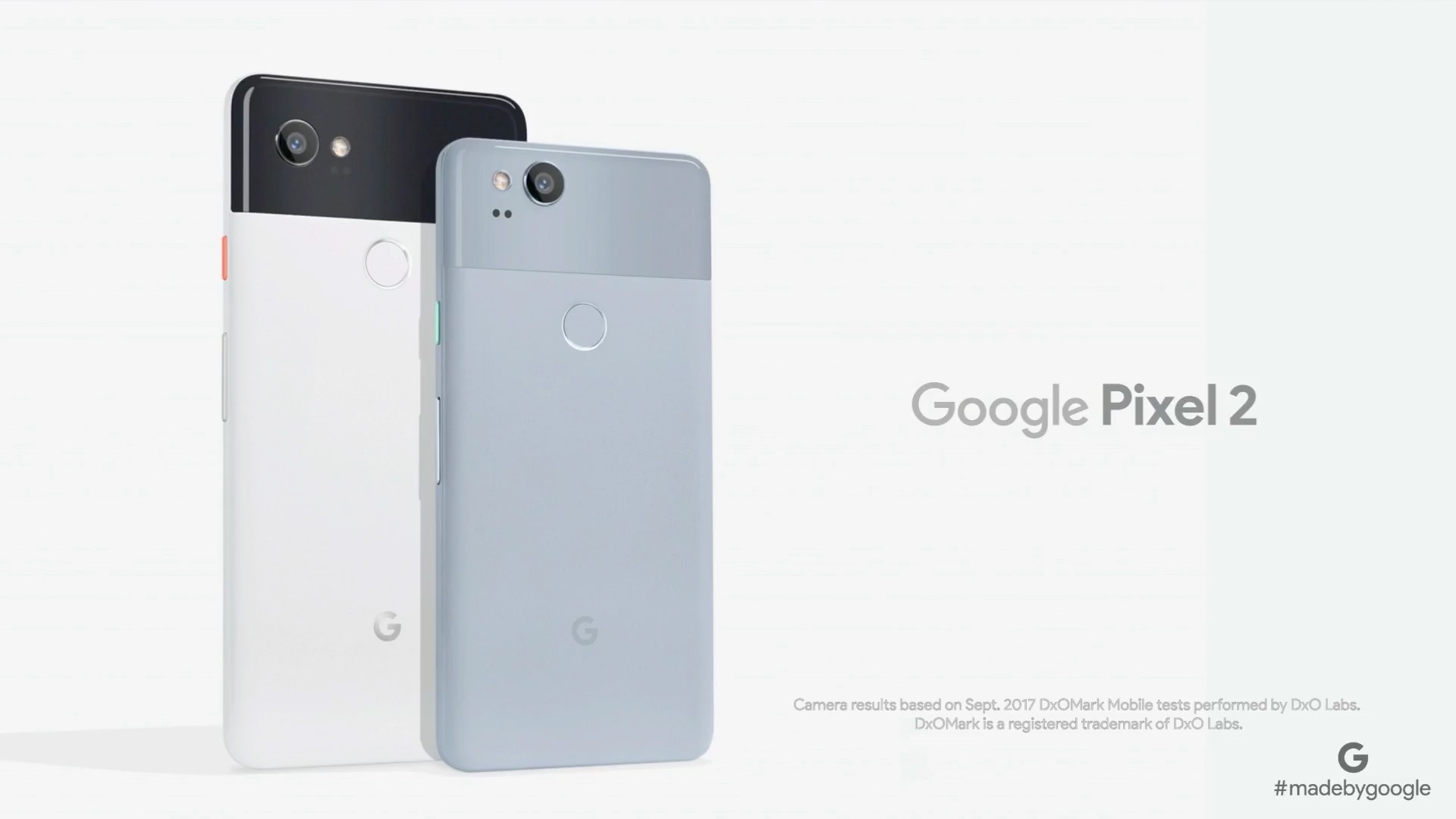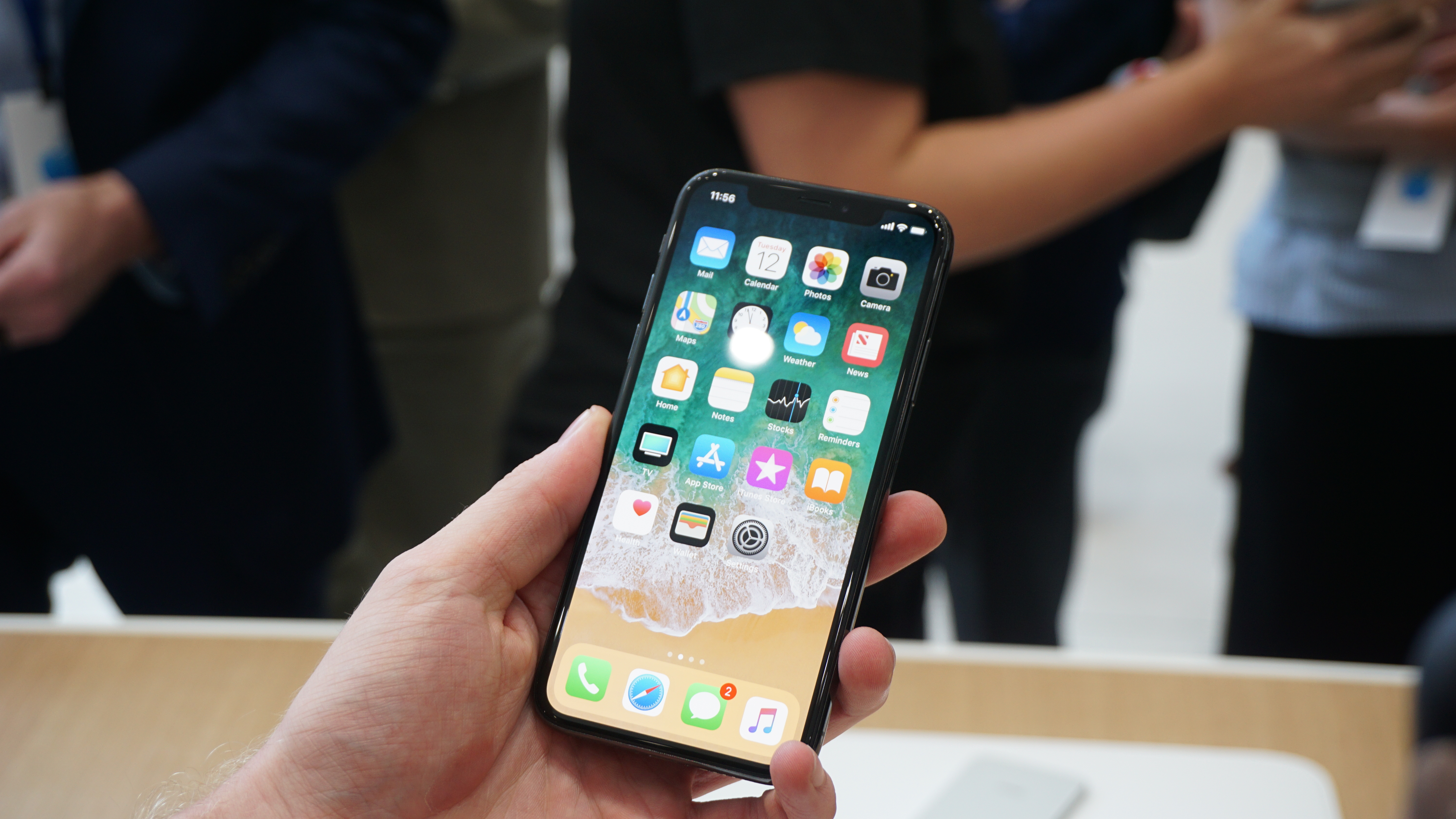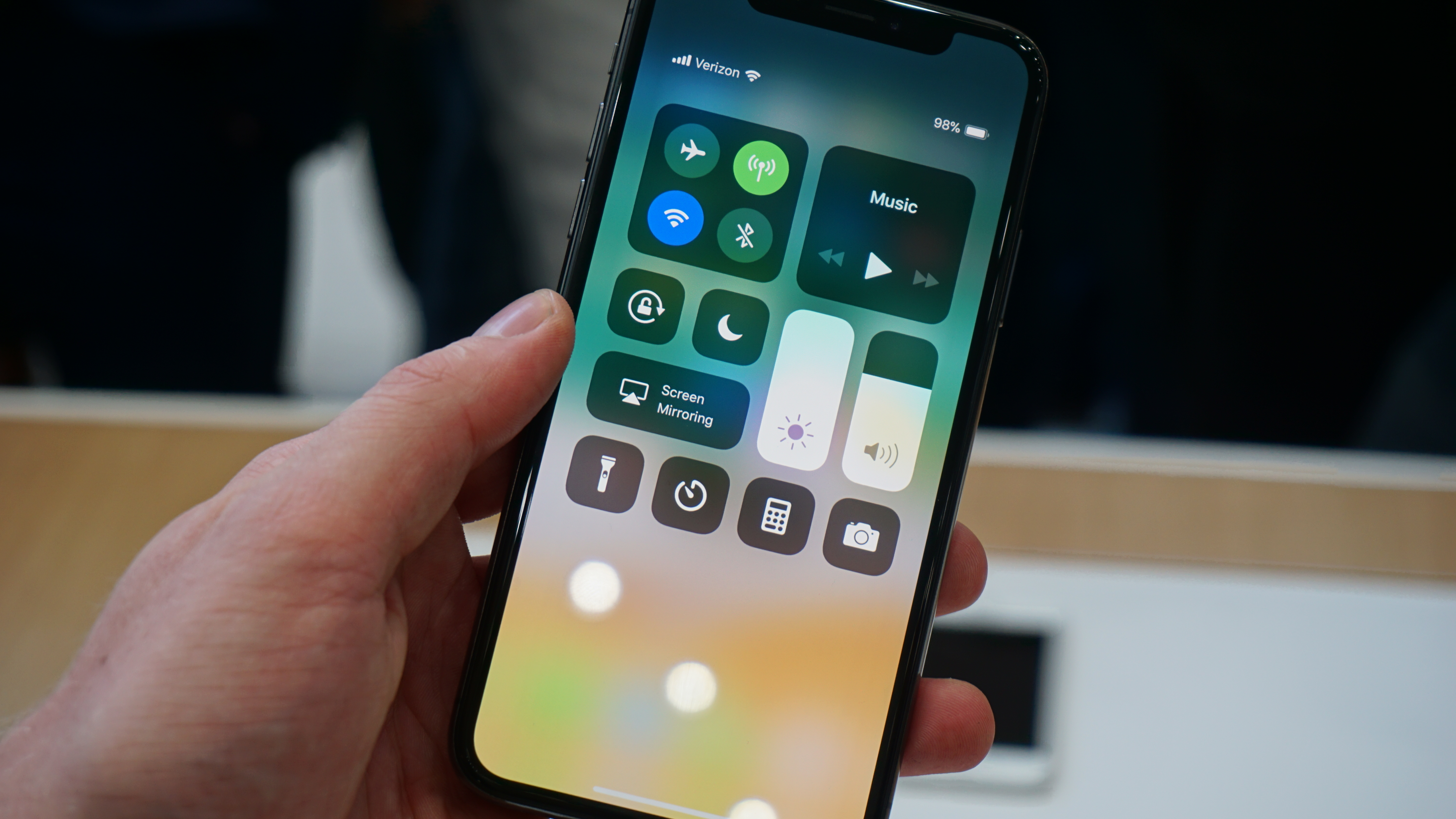Google Pixel 2 vs iPhone X
Google vs Apple

The iPhone X is one of the most expensive and futuristic phones of the year, but it has some competition, notably from the Pixel 2 – Google’s latest stab at a pure Android flagship.
It’s a phone which builds and – at least on paper – improves on the original Google Pixel, but has it done enough to compete with Apple’s forward-looking phone?
To help answer that question and show you the many similarities and differences between the Pixel 2 and iPhone X, we’ve compared the design, display, power, camera, battery and price of these two phones.
Google Pixel 2 vs iPhone X design
Both the iPhone X and the Google Pixel 2 have glass on their backs, but while the rear of the iPhone X is all glass, on the Pixel 2 there’s just a strip of glass at the top, while the rest of the back is metal. That gives it a two-tone effect, while the iPhone X is all one color on the rear.
The sides of both phones are metal, but their fronts are very different, as while the iPhone X is almost all screen, with just a small notch at the top, the Pixel 2 has quite large bezels above and below the screen.

Other differences include their dimensions, with the Pixel 2 coming in at 145.7 x 69.7 x 7.8mm, while the iPhone X is 143.6 x 70.9 x 7.7mm, and their color schemes, as the Pixel 2 is landing in black, white and blue, while the iPhone X will be available in space grey and silver.
There are other similarities too though. Neither phone has a 3.5mm headphone port for example, and they’re both IP67 certified dust and water resistant, meaning they can be submerged up to 1 meter deep for up to 30 minutes.
Sign up for breaking news, reviews, opinion, top tech deals, and more.
Google Pixel 2 vs iPhone X display
This is one of the biggest differences between the Google Pixel 2 and the iPhone X, as while the Pixel 2 has a 5.0-inch 1,080 x 1,920 AMOLED display, the iPhone X has a 5.8-inch 1,125 x 2,436 AMOLED screen. So the display technology is similar, but the screen on the iPhone X is a lot bigger and far higher resolution.

You also get True Tone with the iPhone X, which is a feature that automatically adjusts the white balance of the display based on the surrounding light, but the Pixel 2 has an always-on display, meaning it can stay partially lit up at all times, showing notifications and the time.
Cleverly the always-on screen can even identify songs that are playing around you without you having to ask.
Google Pixel 2 vs iPhone X OS and power
The Pixel 2 runs Android Oreo, while the iPhone X, of course, runs iOS 11. iOS is much the same on all Apple handsets – though slightly tweaked on the iPhone X, to add gesture controls in place of a home button. Android meanwhile can vary quite a lot between handsets, but with the Pixel 2 you get a stock version, so it’s as Google intended.
Though there is one notable addition in the form of ‘Active Edge’, which is what Google’s calling the Pixel 2’s squeezable sides. It’s a lot like the feature we’ve seen on the HTC U11, and allows you to launch Google Assistant by simply squeezing your phone.
The closest the iPhone X comes to that is 3D Touch, which lets the phone respond differently depending on how hard you press on the screen.

In practice both operating systems are polished and clutter-free, at least until you fill your phone with apps. Both handsets should also get updated to new versions of their respective operating systems as soon as they’re available.
On the power front the differences should be less noticeable. The Google Pixel 2 has an octa-core Snapdragon 835 chipset and 4GB of RAM, making it a match for many 2017 Android flagships, including the US version of the Samsung Galaxy S8, while the iPhone X has a hexa-core A11 Bionic chipset and likely 3GB of RAM – though Apple itself hasn’t confirmed the RAM amount.
As usual, the Android phone sounds faster on paper, but in benchmarks the iPhone X has stormed ahead of Android flagships, and in real world use both of these phones are likely to feel very fast.
Google Pixel 2 vs iPhone X biometric security
Biometric security is worth highlighting, as it’s one of the main features of the iPhone X. Specifically, the phone has a facial recognition system dubbed Face ID, allowing you to unlock your phone just by looking at it. We’ll give you all the details on how well it works in our full review, but there’s a lot of tech involved, and Apple claims it’s both reliable and secure.
What the iPhone X doesn’t have is the more conventional fingerprint scanner option. The Pixel 2 does though, with a scanner on the back of the phone. Again, we’ll let you know how well this works in our full review, but the choice could well come down to whether you’d rather have something futuristic or familiar.
Google Pixel 2 vs iPhone X camera and battery
While the Google Pixel 2 has a 12MP f/1.8 single-lens camera, the iPhone X has a 12MP dual-lens one, with f/1.8 and f/2.4 lenses. Both phones sport optical image stabilization, but the extra lens on the iPhone X grants it some extra tricks, including optical zoom and the ability to focus on the foreground while blurring the background to create a bokeh effect.
Around the front the Pixel 2 has an 8MP camera, while the iPhone X has a 7MP one, but thanks to its face scanner the iPhone X again has some additional tricks, such as being able to bring emoji to life and have them imitate your facial expressions and speech.

For battery, you get a 2,700mAh one in the Google Pixel 2 supposedly offering 'all day life' and reportedly a 2,716mAh one in the iPhone X, though Apple hasn’t confirmed this.
Assuming that’s accurate the two phones have almost identically sized batteries, but the iPhone X has a much larger screen to power, so may well not last as long. We’ll let you know how they stack up when we’ve put both phones through full reviews.
Google Pixel 2 vs iPhone X price

The Pixel 2 costs $649 / £629 / AU$$1,079, making it an expensive phone, but a lot cheaper than the iPhone X, which starts at $999 / £999 / AU$1,579. Of course, Apple’s phone is larger and arguably more high-end. Keep an eye out for our full reviews to see whether we think each phone is worth what it costs.
Takeaway
While the Pixel 2 will likely be one of the iPhone X’s main competitors, these two phones are actually quite different.
Obviously they run different operating systems, but beyond that the iPhone X is a larger and arguably more forward-thinking phone, with a price tag to match.
They’re both high-end though, with premium designs and lots of power, so assuming they live up to their potential it’s unlikely that either of these phones will let you down. As always though we’d recommend waiting until we’ve given our final verdicts before picking up either of them.
- Google's also launched the Pixel 2 XL
James is a freelance phones, tablets and wearables writer and sub-editor at TechRadar. He has a love for everything ‘smart’, from watches to lights, and can often be found arguing with AI assistants or drowning in the latest apps. James also contributes to 3G.co.uk, 4G.co.uk and 5G.co.uk and has written for T3, Digital Camera World, Clarity Media and others, with work on the web, in print and on TV.